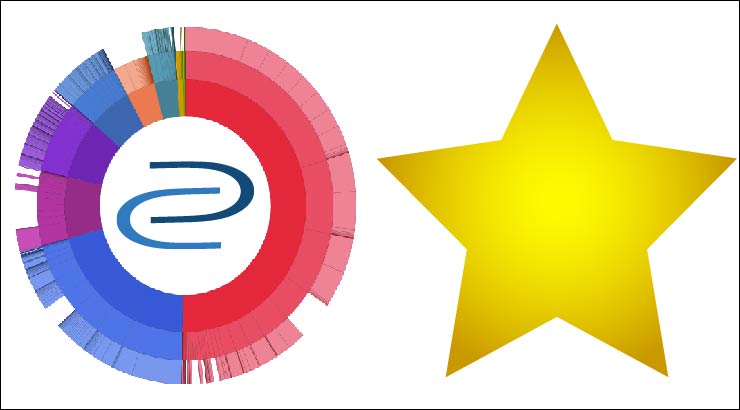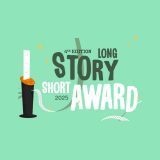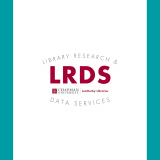
Celebrities of the Digital Commons: Dr. Menas Kafatos
July 29, 2020
As this summer continues, so too does our celebration of the Chapman University Digital Commons reaching the milestone of one million downloads. So far, we’ve talked with the author of the most downloaded article in the Digital Commons, the author of the one millionth downloaded article, and an author who has both learned from and contributed to the Digital Commons. Today, we’re in conversation with Director of the Center of Excellence in Earth Systems Modeling & Observations and professor of Computational & Data Science Dr. Menas Kafatos, whose 172 articles and other objects in the Digital Commons make him the repository’s most prolific author. His most recent object in the Digital Commons is a video from the 2019 Copenhagen Interpretation and Beyond Conference in which he and Chapman University President Daniele Struppa honor Henry P. Stapp, and his earliest object in the Digital Commons is his 1971 article “Fossil Stromgren Spheres from Supernova Explosions.”
How did your first piece make its way onto the Digital Commons? Did you submit it to our Coordinator of Scholarly Communications, Kristin Laughtin-Dunker, or did she reach out to you? For subsequent articles or objects of yours that were added to the DC, were they added in the same way?
The Coordinator of Scholarly Communications reached out to us. We are adding further items as they become available,
Do you have any thoughts you’d like to share about Open Access and academia?
Open Access allows useful information of an academic’s work to reach wide circulation to and from interested parties. This is important for academic work.
How do you use the Leatherby Libraries and/or Digital Commons in your research?
Mostly accessing journal articles and books. Of course in the current COVID-19 situation, all access to resources is done digitally.
Has anyone outside the Chapman community reached out to you about any of your work on the Digital Commons, to use it as a source, or in another capacity?
They are reaching to me in multiple ways, via e-mail, social media or through web access in general. Some of the information must have been located through Digital Commons.
Is there anything noteworthy you’d like to share about any of your collaborators? For instance, were they your students?
I would like to share that I am grateful for the availability of this important resource to many users, particularly students. Researchers have wide access and resources but this Chapman resource adds important components of digital information.

